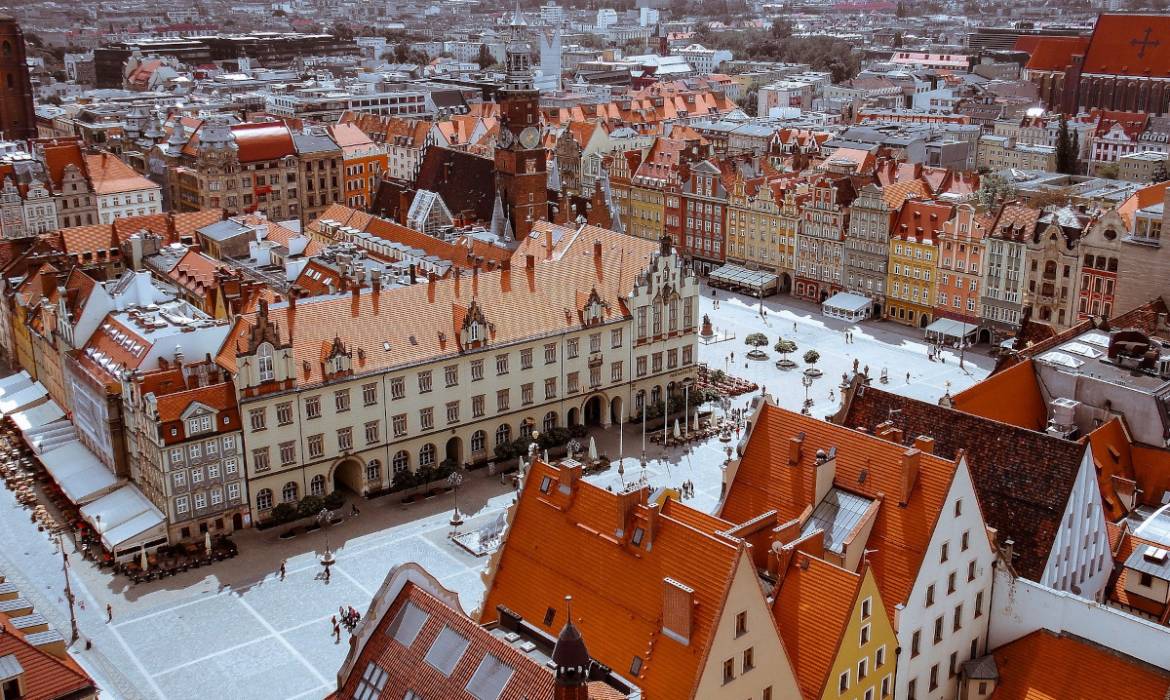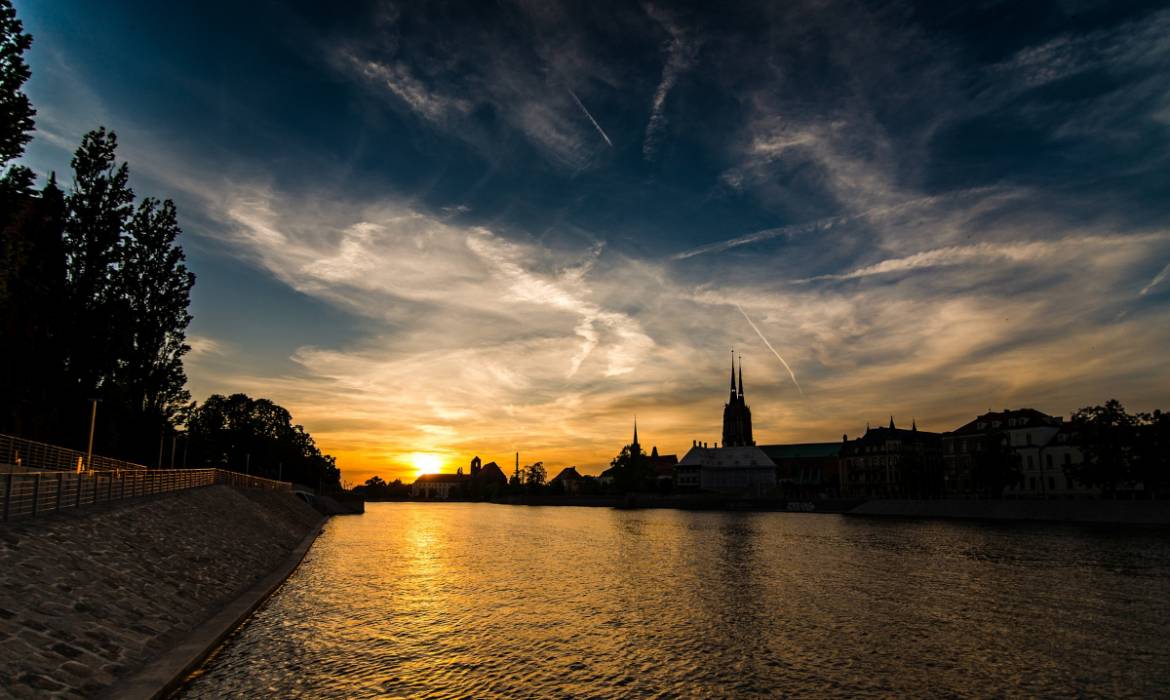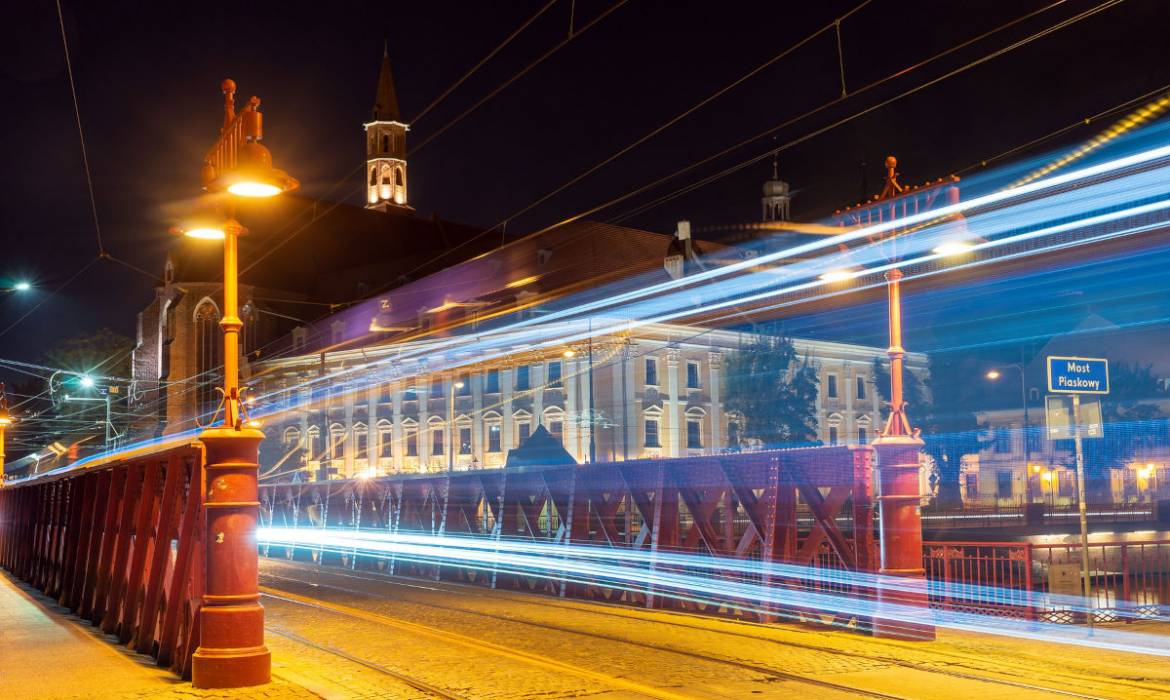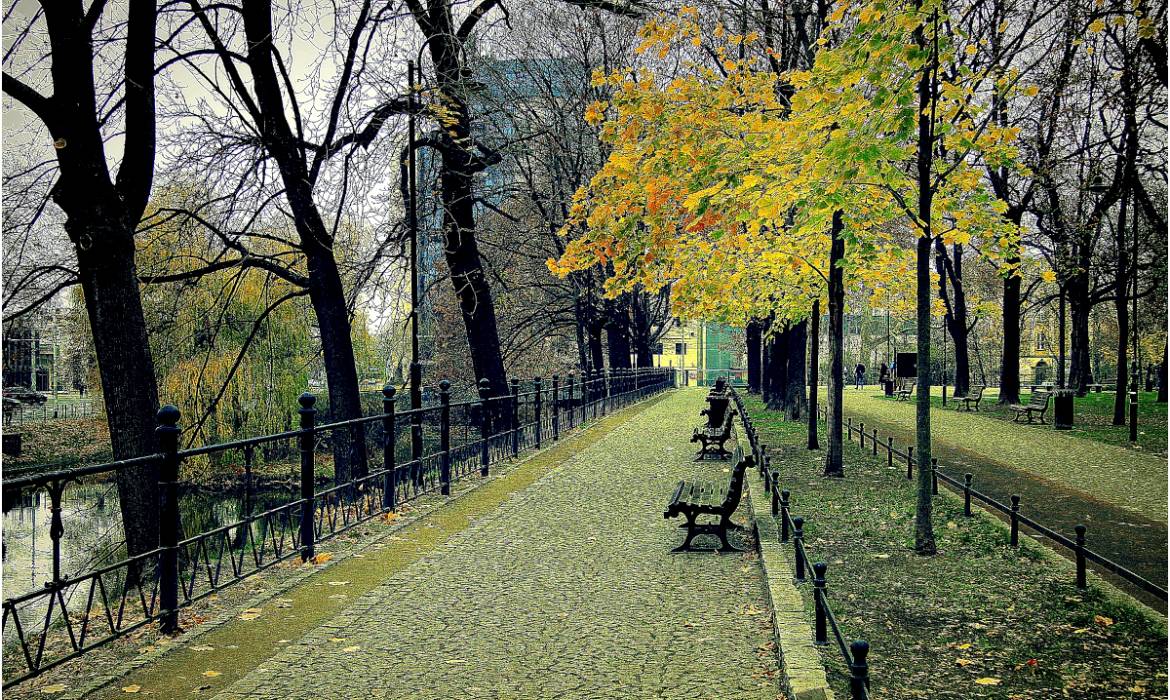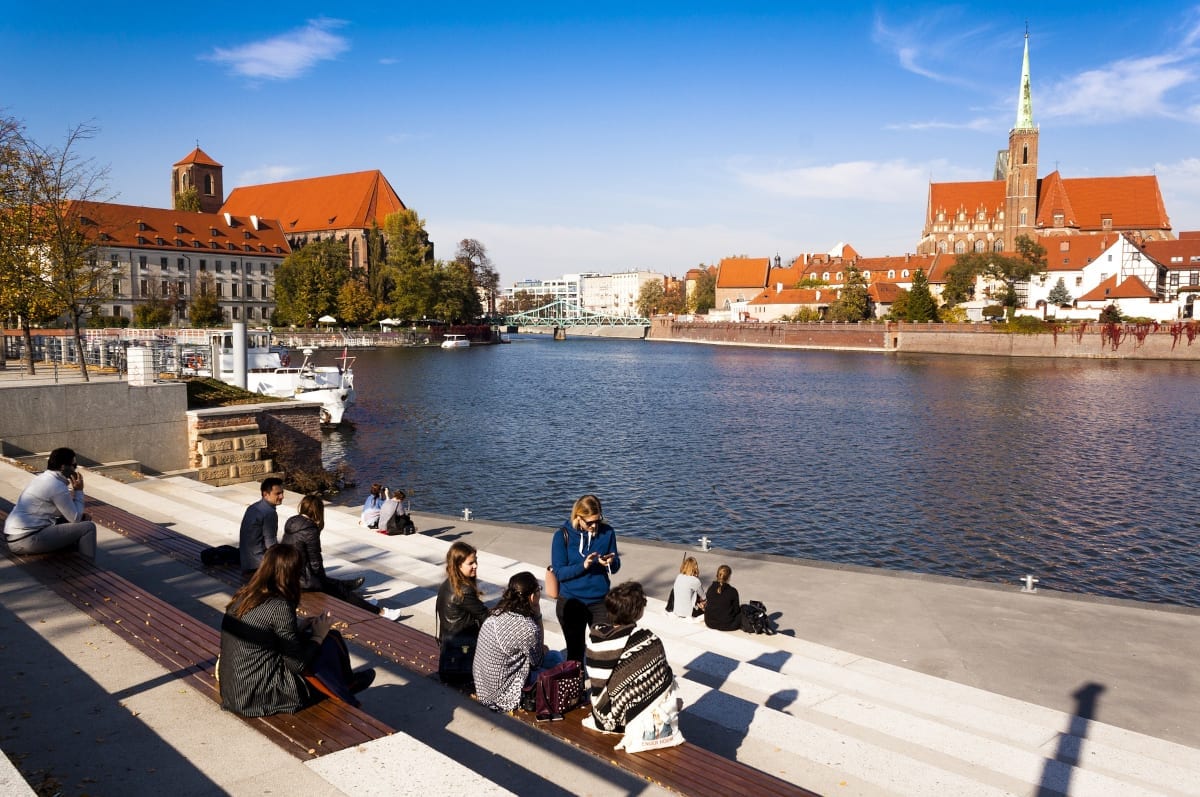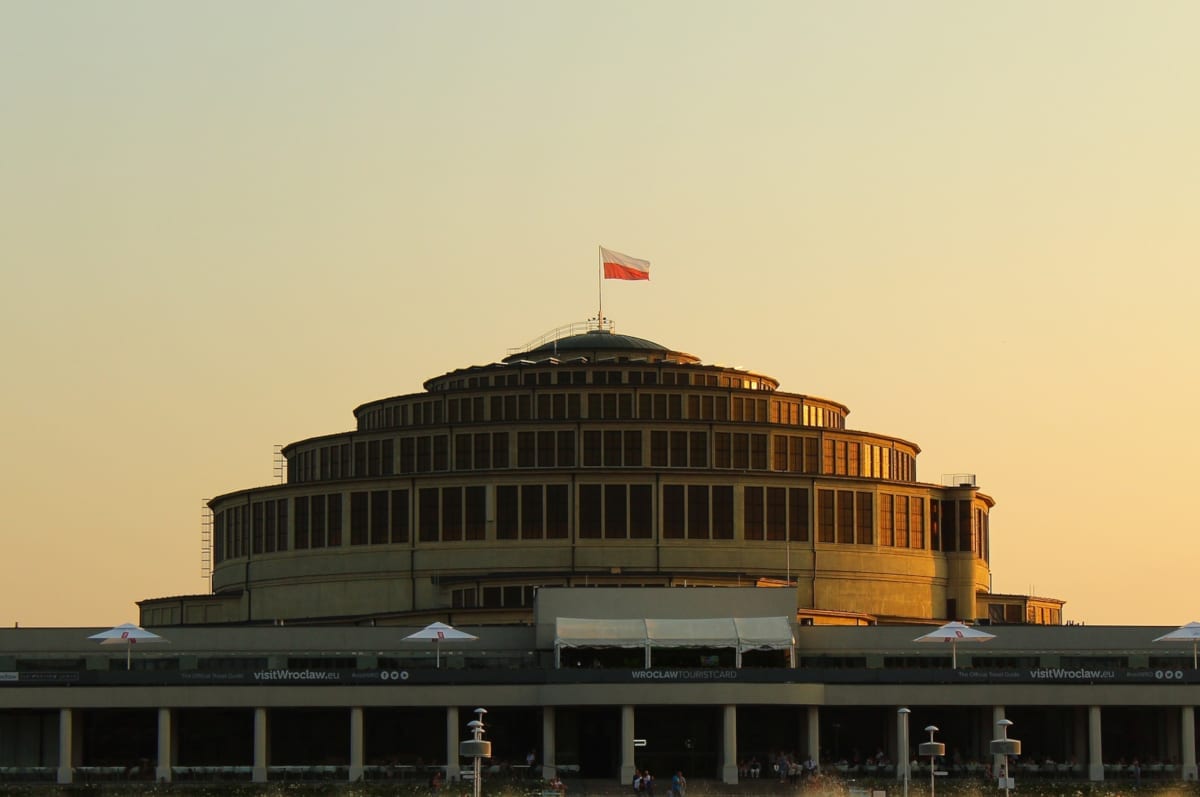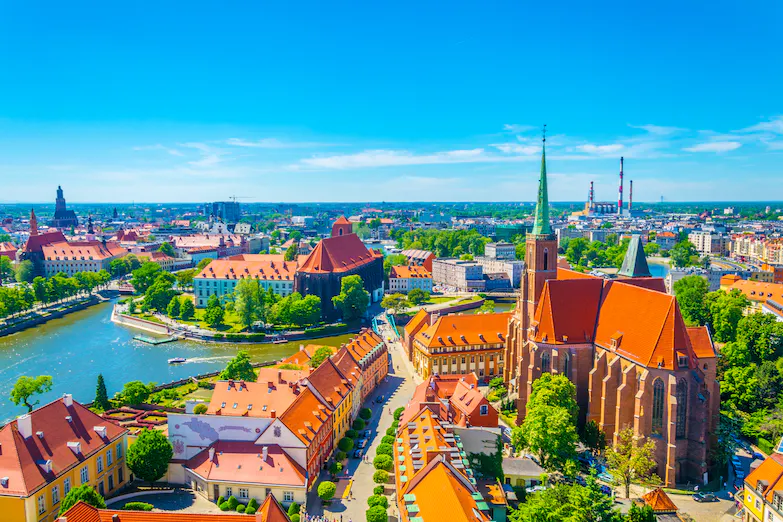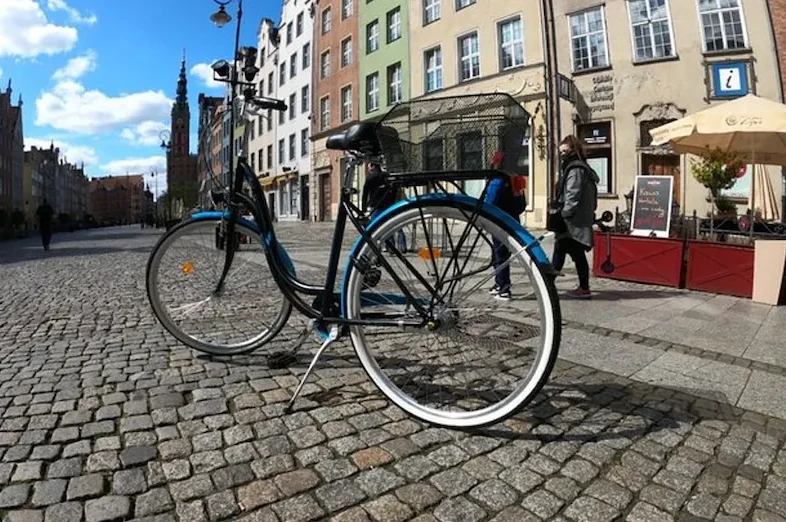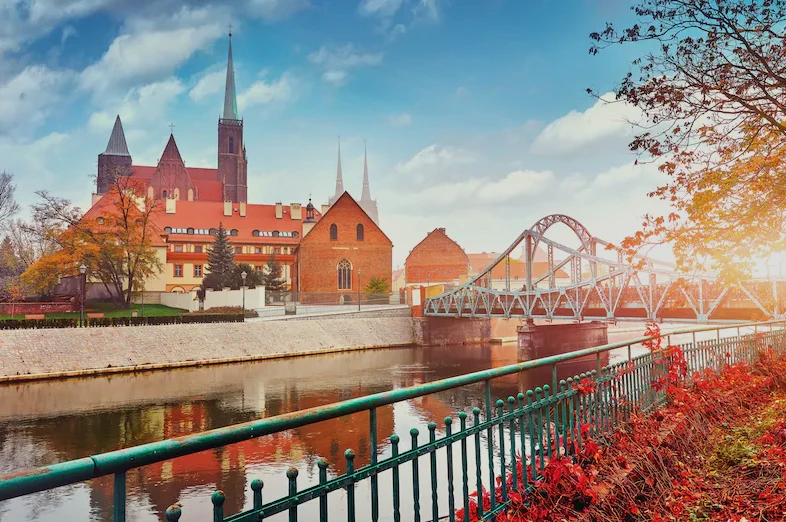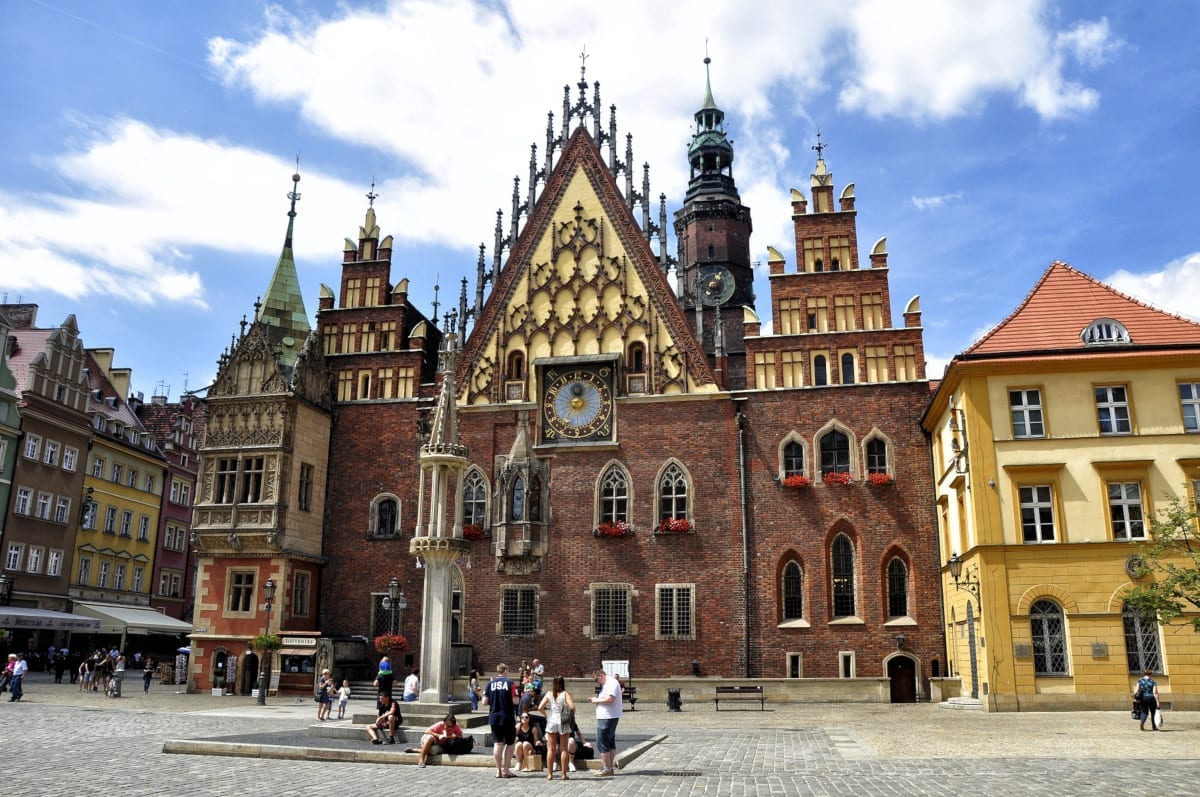

Venice of Poland
Wroclaw (Wrocław) is a city in southwestern Poland and the largest city in the historical region of Lower Silesia. It is a university city with an idyllic location on the Odra River and comprises of 12 islands, 130 bridges, riverside parks and numerous historical landmarks such as the Main Market Square, Cathedral Island and Centennial Hall, which is which is listed as a UNESCO World Heritage Site.
Wroclaw is often referred to as a mini- Kraków due to its cultural attributes and buzzing social scene; however it maintains its own unique and appealing character. The city is a major attraction for both domestic and international tourists and also a major industrial, commercial and educational centre for the region.
Since 2005, the city has become well-known for its bronze dwarfs, hundreds of these small figurines can be found across the city. You’ll find them on pavements, at the entrance to buildings and a number of other locations. Seeking them out is a great way to explore Wroclaw and there are plenty of good restaurants to keep your energy levels up.
The beautifully preserved Ostrów Tumski (Cathedral Island) is the oldest section of the city; it was once an isolated islet between the branches of the Oder River and is a treat for Gothic architecture admirers.
The early 13th century Main Market Square is the oldest medieval public square in the country, and also one of the largest. You’ll find a number of impressive, historical buildings on the square such as the ornate Gothic Old Town Hall, St. Elisabeth’s Church, and the Hansel and Gretel houses, two small medieval houses connected by an arched gate that once led into a churchyard.
Lower Silesia
You’ll find a wide range of architectural styles in Wroclaw, including Brick Gothic, Baroque, and Art Nouveau. The Wroclaw Opera House, Monopol Hotel, University Library, Ossolineum, the National Museum and the castle-like District Court are among some of the grandest and most recognisable historic structures.
Wroclaw is very popular with International tourists and has a good tourist infrastructure. The city is visited by over 5 million tourists each year. You’ll find the Tourist Information Centre on the Main Market Square in building no 14. There’s plenty to see and do, check out the Top 10 things to do in Wroclaw.
The region of Lower Silesia was handed back to Poland from Germany at the end of WWII and is known for an abundance of historic architecture of various styles. During the Middle Ages, the region was part of Piast-ruled Poland and was one of the leading regions of the country with Wroclaw being one of the main cities of the Polish Kingdom.
Within Lower Silesia, you will find many castles and palaces, well preserved or reconstructed old towns, numerous spa towns, and historic burial sites of Polish monarchs and consorts. The region is one of the most visited provinces in Poland.
There’s over 100 castles and palaces in the region including: Książ Castle, Czocha Castle, Grodziec Castle, Gola Dzierżoniowska Castle, Oleśnica Castle and Kamieniec Ząbkowicki Palace.
Whether you are interested in history, culture, or just looking for a relaxing getaway, Wroclaw is a destination that will not disappoint. So come and discover the many wonders of this charming and historic city for yourself!



See all the highlights of Wroclaw on a private tour! Explore the city, while hearing fascinating facts about what makes it so special.

Editor’s pick – Wroclaw Tours & Experiences
Get your Guide – Tours & Experiences

Let your guide take you along the track of the biggest secrets of World War II in Lower Silesia. Discover the Osowka complex, part of an impressive project conducted by Nazi Germany between 1943 and 1945. Experience Ksiaz Castle, ‘the Pearl of Lower Silesia’ and visit the Gross-Rosen concentration camp, the biggest Nazi-German concentration camp in the area.

